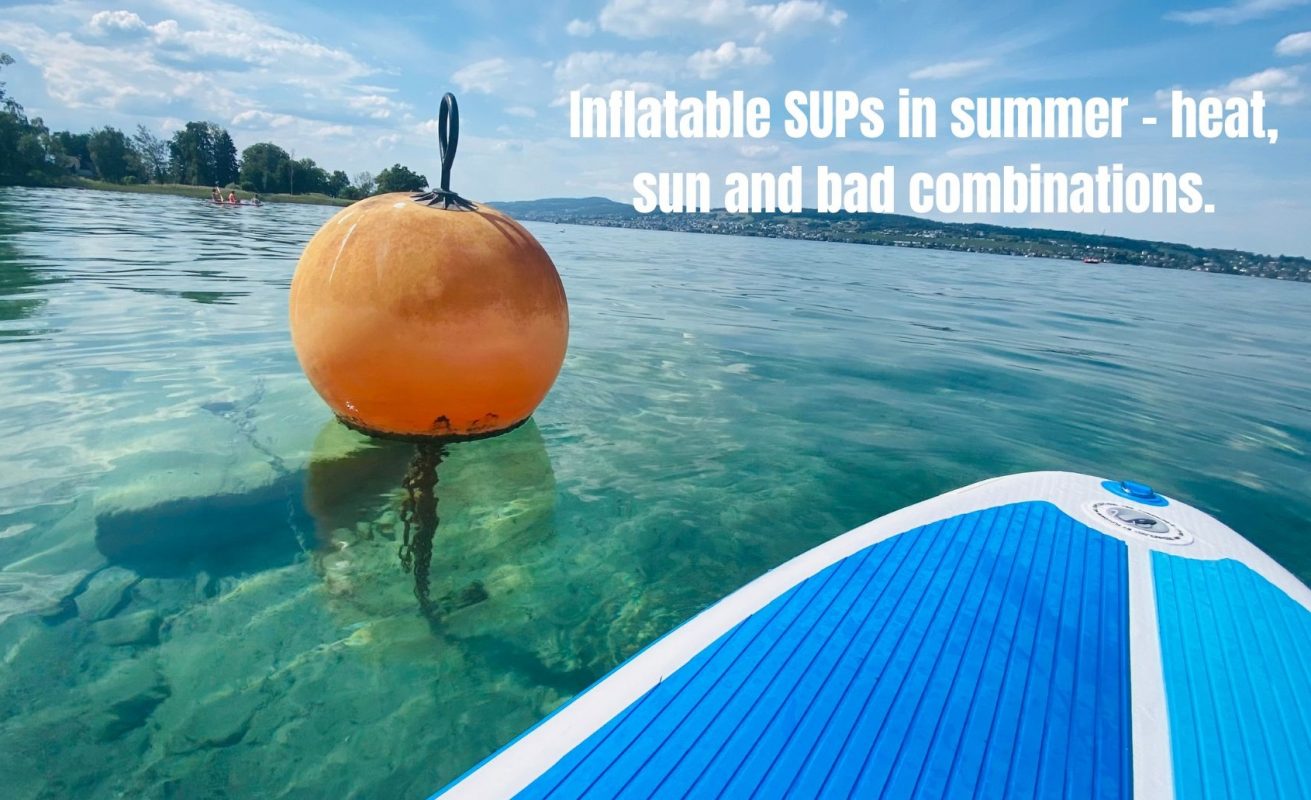Inflatable SUPs are full of air (in case you missed that!). And whilst that can be a good thing (iSUPS are lightweight, easy to transport and store) it can also be not so good. Especially if you’re not taking due care of your air board in warmer months or where there’s hot weather.
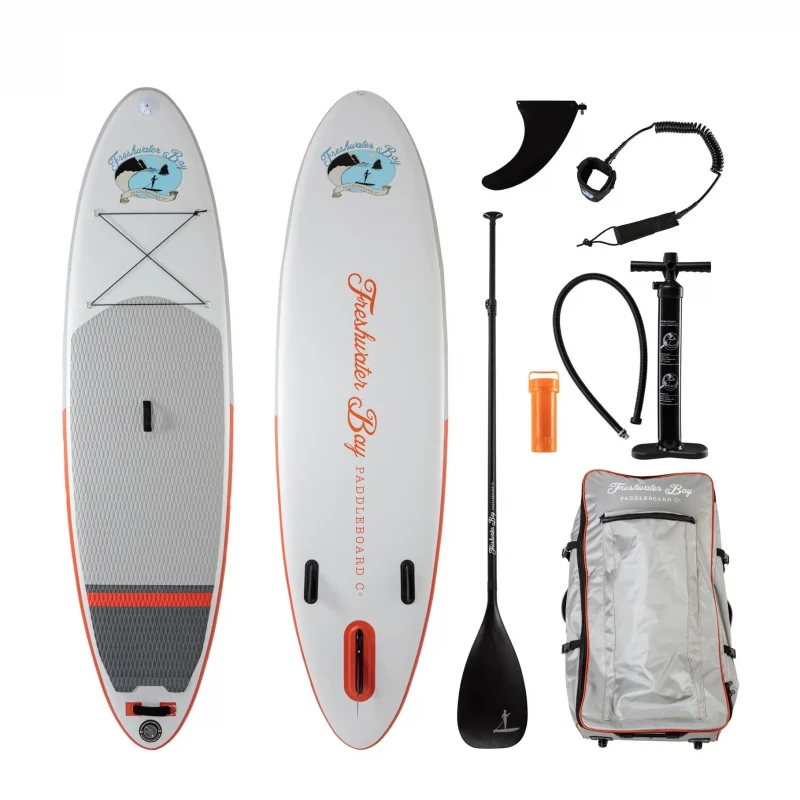
Freshwater Bay Paddleboard Co. 10’6 all round inflatable stand up paddle board.
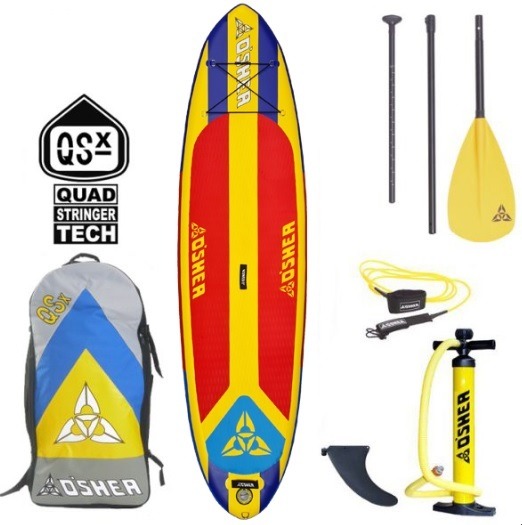
IN STOCK NOW : O’Shea 106 QXS Inflatable SUP, full package
Hot, hot, hot for inflatable SUPs.
Sunny summer weather is great for paddling motivation. There’s nothing better than getting a session in the bag under a hot sun. Everything is so much easier. Less clothing needs to worn. And inflatable SUPs paddlers generally won’t mind falling in. But there is a downside…
Heat can be a negative for some things. Especially inflatable SUP gear. And not just the board itself either. There can be other issues caused by heat, UV rays and warm weather.
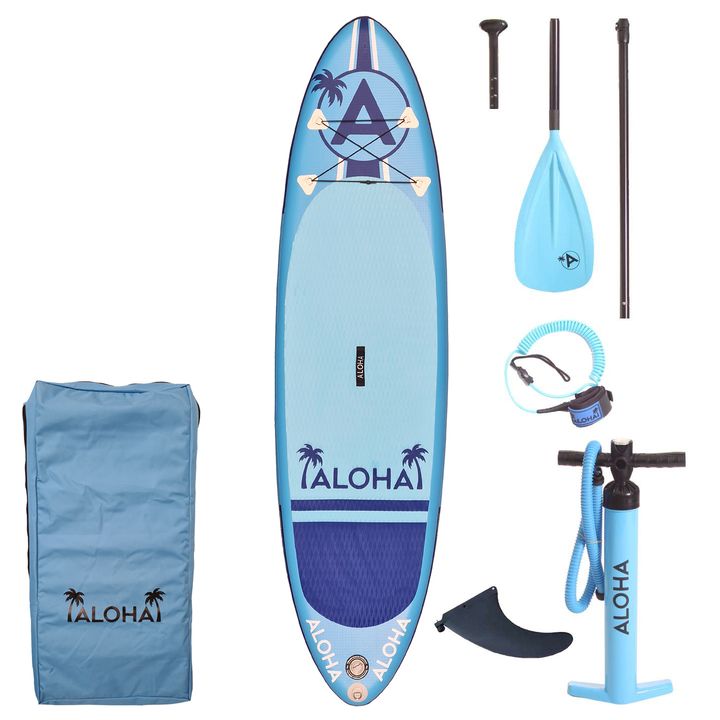
SALE NOW ON – 20% off : Aloha Spirit 10’2 family inflatable SUP, full package
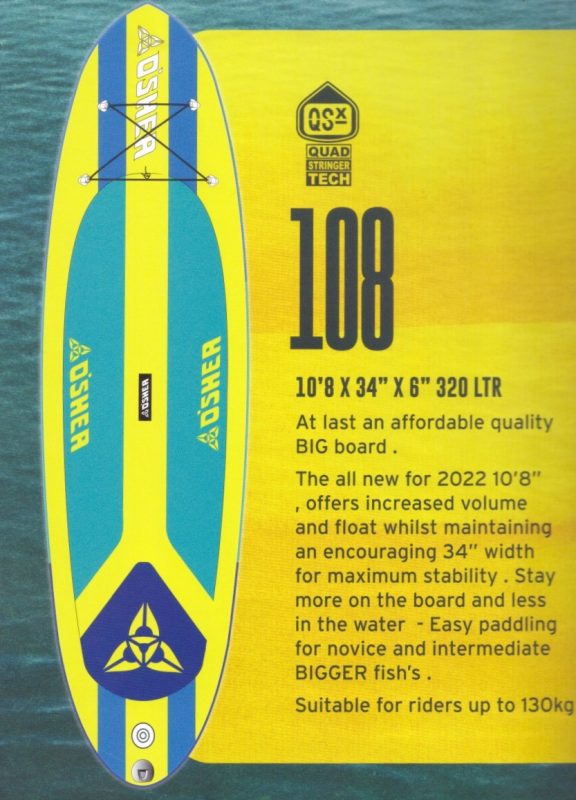
SALE NOW ON – 20% off : O’Shea 10’8 QSx inflatable SUP, full package
SUP air expansion.
Air expands as it gets warmer. This means your iSUP will feel like you’ve put extra PSI inside as it gets hotter.
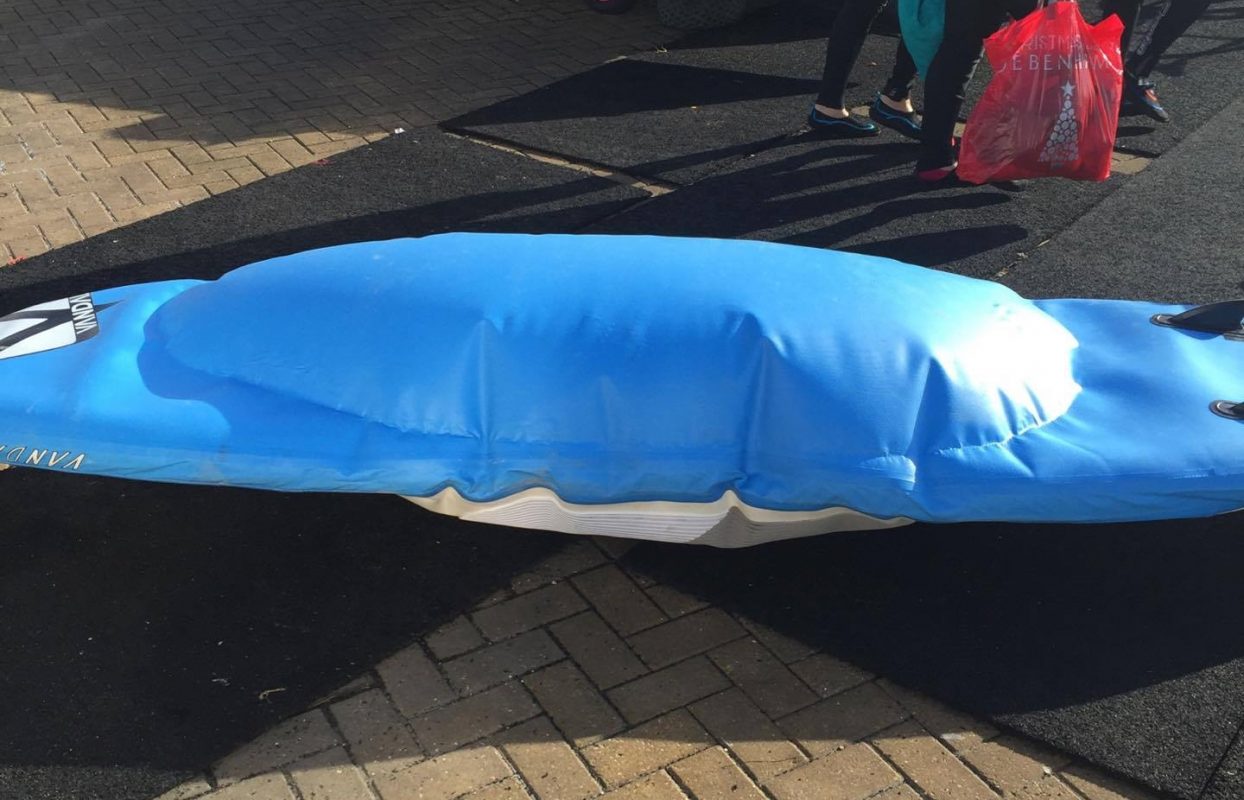
Inflatable SUPs have a recommended amount of air pressure riders need to put inside to obtain maximum rigidity and performance. Usually 15-18PSI. A quality iSUP brand will use top shelf materials and manufacturing techniques to ensure their boards are rated to a much higher PSI. You may have a recommended amount of air pressure but a decent iSUP should be able to take more. This is good news for warmer weather. As the air inside your board expands the iSUP’s Dropstitch, seams, glue and PVC should retain their integrity.
This all said air can still expand too much. And in some cases, your inflatable may pop. Particularly if there’s any other wear and tear that hasn’t been addressed. If you’ve never been next to an iSUP that’s burst then trust us when we say it’s like a gun going off!
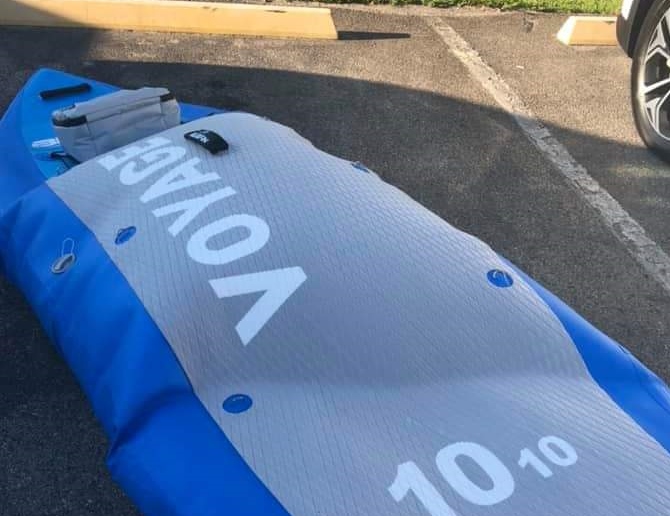
iSUP issues under the sun.
Leaving your inflatable SUPs in direct sunlight is a bad idea. Yet we see it often. We also see scenarios such as air boards being left inside vehicles, whilst in the way of harmful UV rays. Even good quality inflatable SUPs will have a hard time here.
Glue and seams can melt meaning your board loses integrity. As the air inside expands the strains on the board’s connected bits can become too much. Often this is when PVC decks and hulls become separated from the internal Dropstitch fibers. It can look like the board’s deck or hull is bulging (see pics above).
It’s possible to have damage like the described fixed. But your inflatable will never be quite the same.
SUP paddles, fins and fixtures.
It’s not just iSUP boards themselves that have a hard time in sunshine and heat. Carbon, plastic and fibreglass – all used in the manufacture of SUP paddles, fins and fixtures – can suffer. Anything heated up to such an extreme has the possibility of warping, bending, changing shape and generally becoming something other than the designer intended.
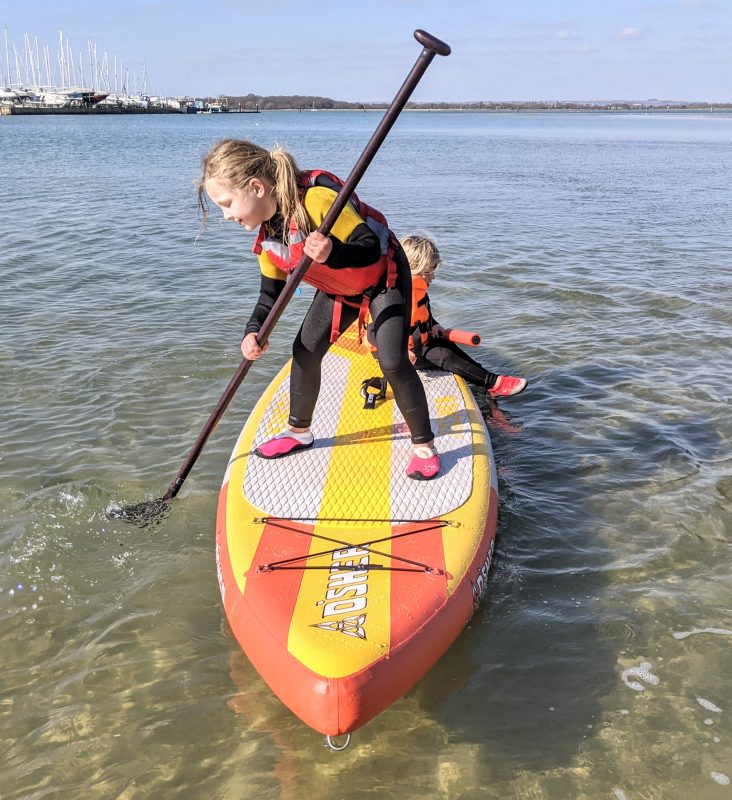
This then translates directly to your overall SUP experience. You’ll have equipment (if damaged) that doesn’t quite perform. And this’ll be frustrating and/or costly if you have to get gear repaired or replaced.
Best practise tips for summer paddling.
Here are a few tips to keep your inflatable SUP gear in tip top condition during summer heat.
- Don’t leave your iSUP in the full glare of the sun when not in use.
- When not being paddled let some air out of your board if storing still inflated.
- Store in a cool, shaded place when you’re not paddling.
- Keep all your SUP gear – paddle, fins, leash and so on – out of direct sunlight.
- If you have a two or three piece SUP paddle break it down when not in use.
- Wash down your equipment after each session.
- Don’t leave your kit inside hot vehicles.
- If it’s particularly hot and sunny consider stand up paddling during cooler parts of the day.
Head over to the online shop where you’ll find lots of inflatable SUPs on offer, plus loads of other paddle boarding gear.
For more stand up paddle boarding articles hit up this link.

